Grout is a type of filler that is used to close voids between tiles, bricks, and other construction materials. It’s not so much a binding agent as it is used to plug up holes and crevices or strengthen construction bonds and joints. One of the most common uses for grout is smearing it over tiles and filling in the gaps between them. This not only fills up these crevices, preventing moisture and dirt buildup, but it also helps keep the tiles in place. Additionally, grout blocks out mold and mildew from developing, keeping the tiled surfaces spick and spam.
Due to its greater water content, grout is significantly more liquid making it even more convenient for filling in holes and gaps. It’s easy to smear grout over surfaces with a lot of gaps and have it seep into the deeper pockets that more solid binders, like cement or mortar, cannot as they are too stiff.
What Can Grout Be Used for?
You will find grout commonly used on tiled floors and walls. Those white or grey lines you see between tiles are hardened grout. It is smeared over the tiles using a rubber float after the tiles have been installed. This keeps the gaps between the tiles closed off to any dirt and moisture, and the grout acts as additional structural support to keep the tiles in place.
Grout is used in foundations where it fills voids and gaps left behind by the rigid construction material and the less liquid binders. This helps with the structural integrity of the foundation joints and increases their longevity. Depending on the kind of project you’re working on, you’ll be using one of the many grout varieties out there. There’s masonry grout which is used to fill in empty spaces in other construction materials, such as concrete blocks. This extra filling can help with structural integrity and even be used as sound insulation to drown out the outside noise. There is also brick grout or even commonly referred to as fireplace grout, which is used to line the mortar on brick walls and fireplaces. This filler evens out the mortar between the bricks of fireplaces and walls, making their exterior more attractive.
Durability and Maintenance
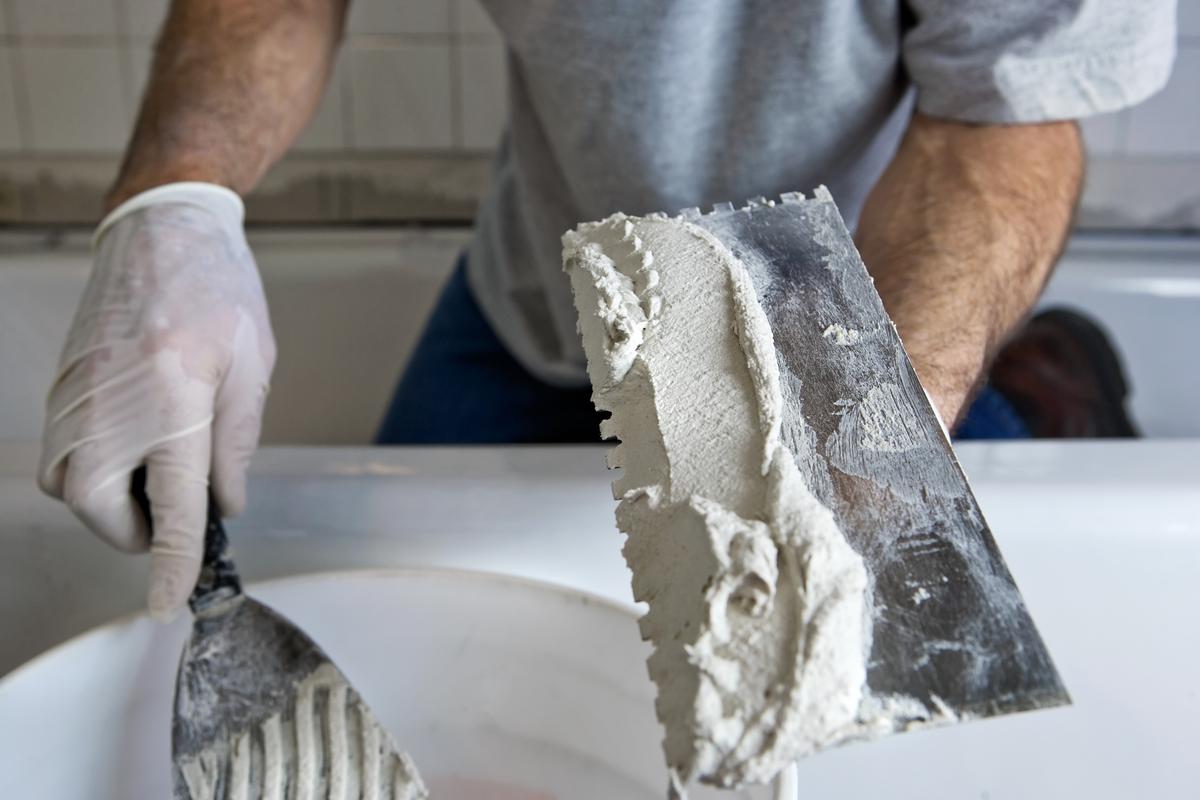
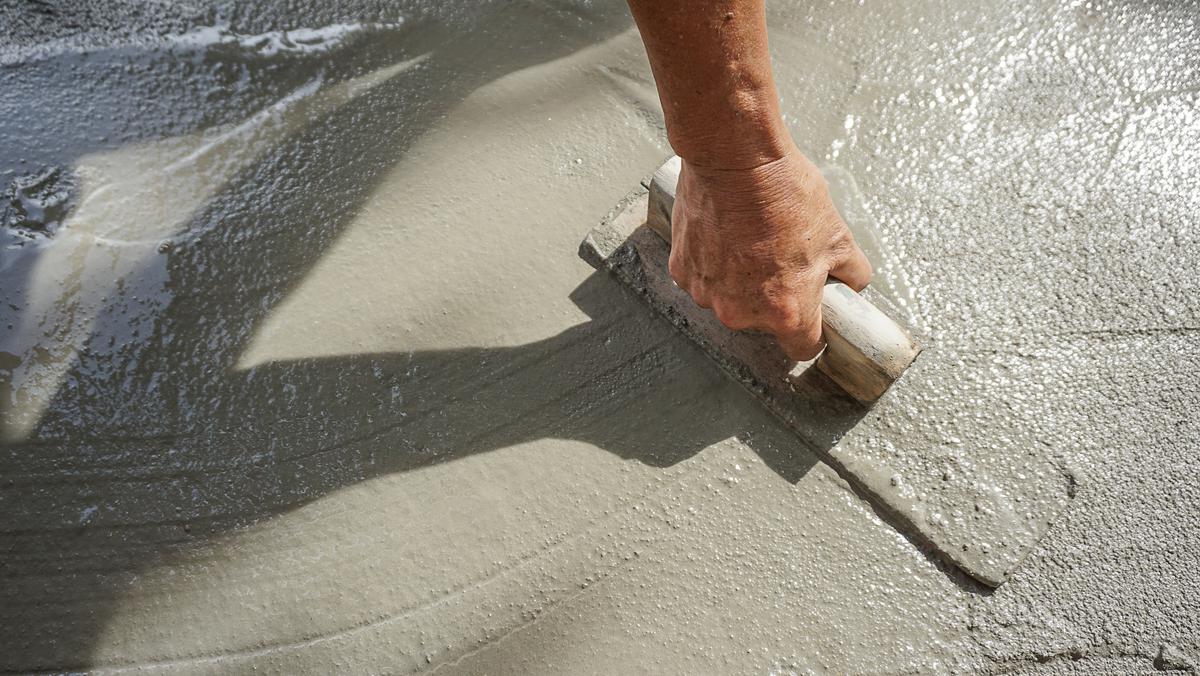
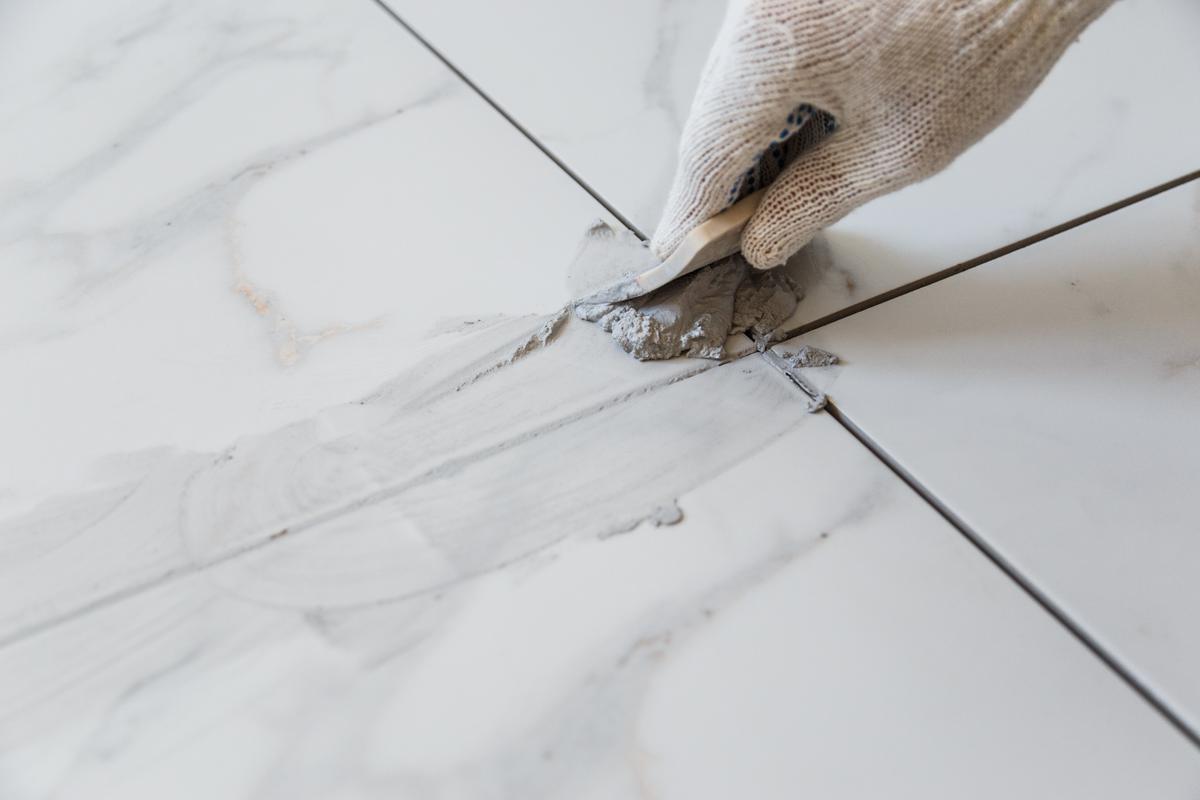
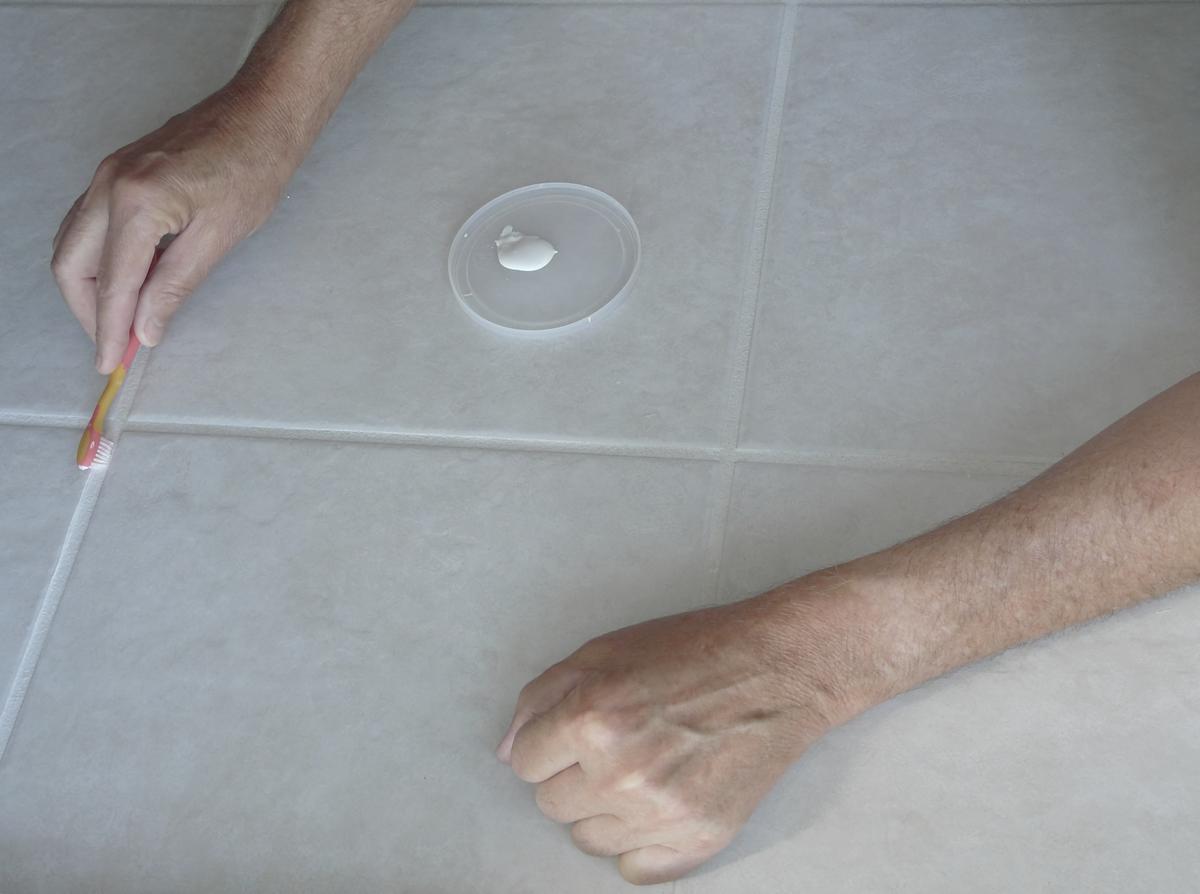
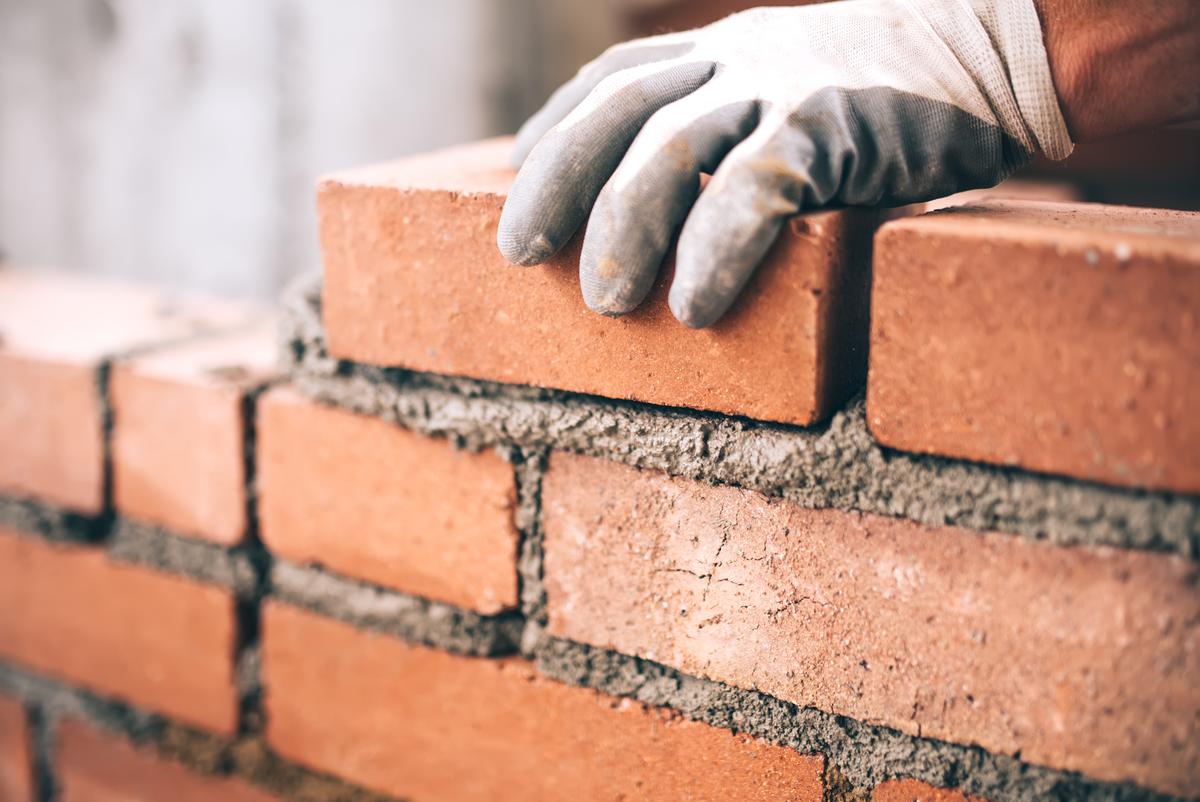
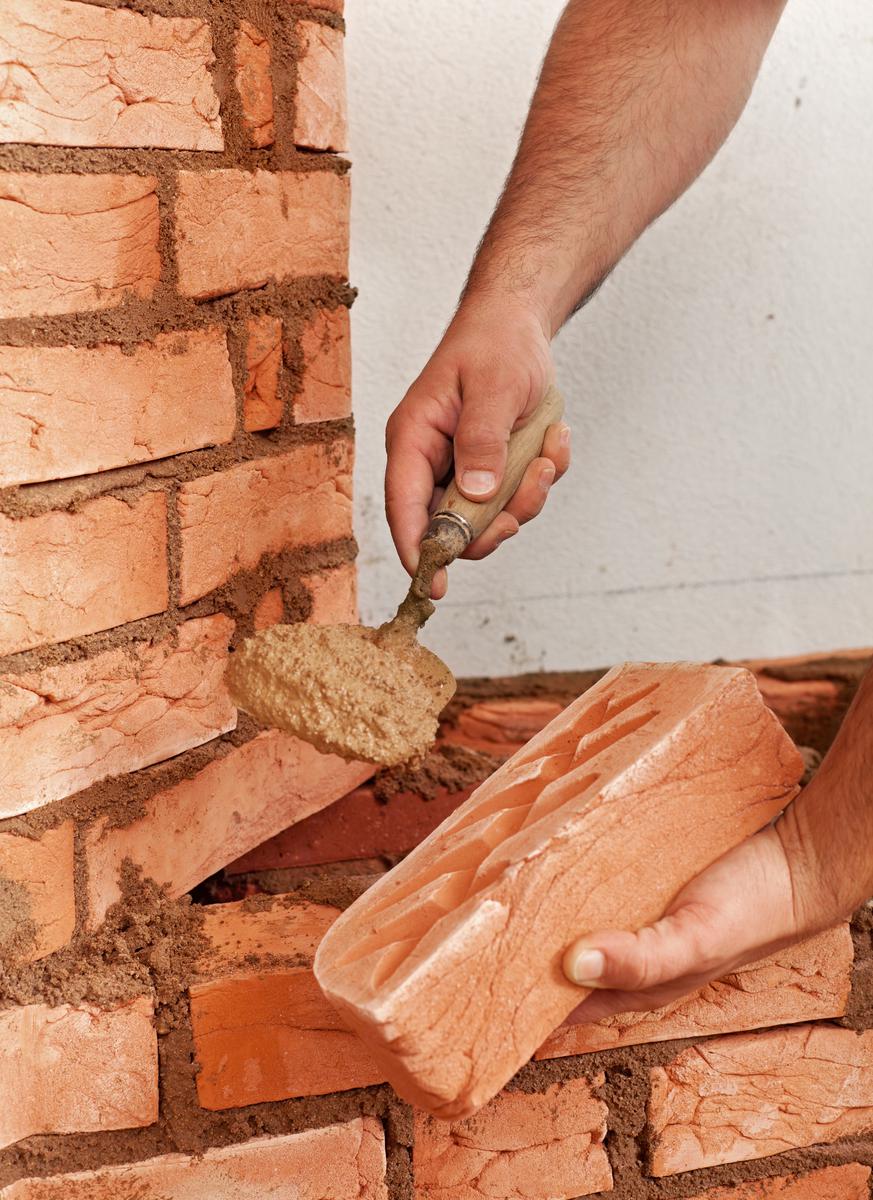
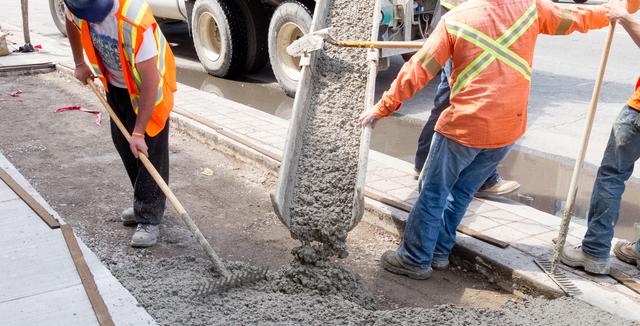

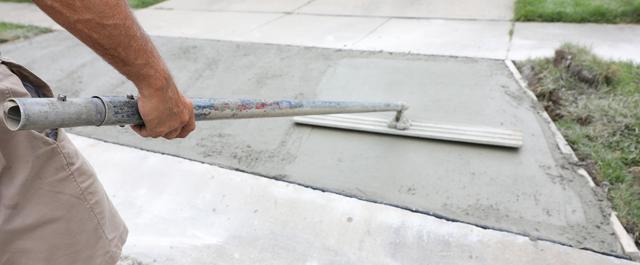
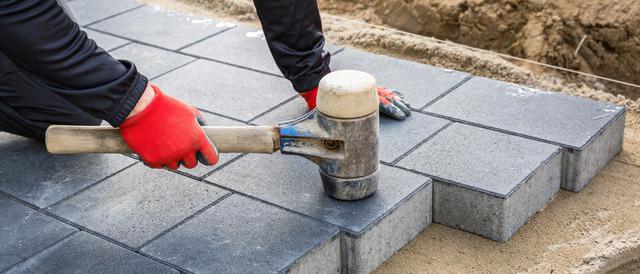
comments